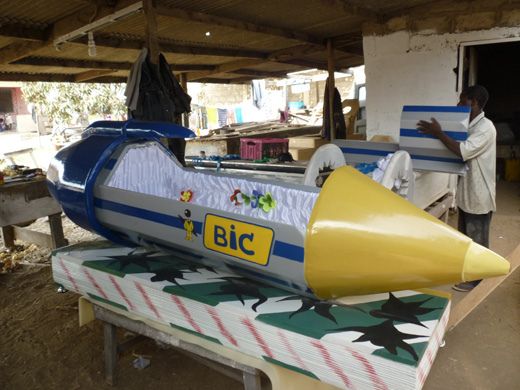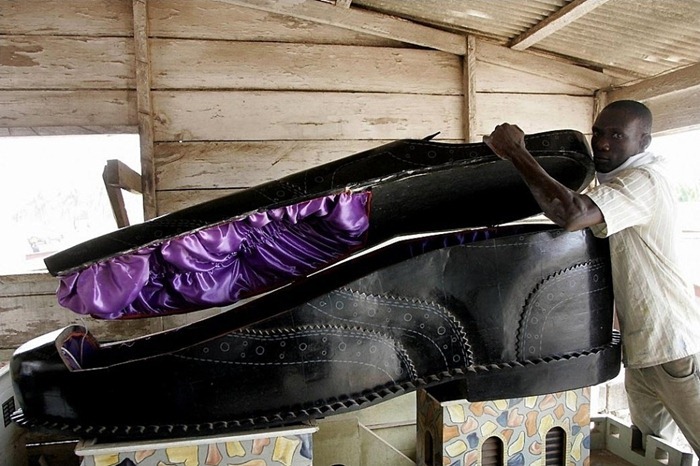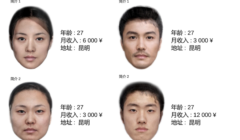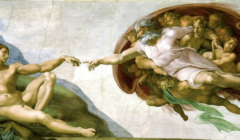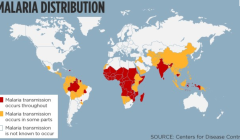This paper by Samuele Centorrino, Elodie Djemai, Astrid Hopfensitz,Manfred Milinski and me has now appeared in Evolution and Human Behavior.
The link is here:
Abstract:
We test the hypothesis that smiles perceived as honest serve as a signal that has evolved to induce cooperation in situations requiring mutual trust. Potential trustees (84 participants from Toulouse, France) made two video clips averaging around 15 seconds for viewing by potential senders before the latter decided whether to ‘send’ or ‘keep’ a lower stake (4 euro) or higher stake (8 euro). Senders (198 participants from Lyon, France) made trust decisions with respect to the recorded clips. If money was sent to the trustee, stakes were tripled and trustees could decide to keep all, two thirds or one half of the tripled stakes. Clips were further rated concerning the genuineness of the displayed smiles. We observe that smiles rated as more genuine strongly predict judgments about the trustworthiness of trustees, and willingness to send them money. We observe a relation between costs and benefits: smiles from trustees playing for higher stakes are rated as significantly more genuine. Finally, we show that those rated as smiling genuinely return more money on average to senders. An increase of one standard deviation in rating of smile genuineness is associated with an unconditional expected gain of about one dollar and thirty cents to senders in the two trials of the experiment. Potential gains for senders could be significantly increased from taking smiles rated as genuine into account.
seconds for viewing by potential senders before the latter decided whether to ‘send’ or ‘keep’ a lower stake (4 euro) or higher stake (8 euro). Senders (198 participants from Lyon, France) made trust decisions with respect to the recorded clips. If money was sent to the trustee, stakes were tripled and trustees could decide to keep all, two thirds or one half of the tripled stakes. Clips were further rated concerning the genuineness of the displayed smiles. We observe that smiles rated as more genuine strongly predict judgments about the trustworthiness of trustees, and willingness to send them money. We observe a relation between costs and benefits: smiles from trustees playing for higher stakes are rated as significantly more genuine. Finally, we show that those rated as smiling genuinely return more money on average to senders. An increase of one standard deviation in rating of smile genuineness is associated with an unconditional expected gain of about one dollar and thirty cents to senders in the two trials of the experiment. Potential gains for senders could be significantly increased from taking smiles rated as genuine into account.
Our theoretical paper, entitled “A Model of Smiling as a Costly SIgnal of Cooperation Opportunities”, has now been published, in Adaptive Human Behavior and Physiology, and is available here. Here is the abstract:
We develop a theoretical model under which “genuine” or “convincing” smiling is a costly signal that has evolved to induce cooperation in situations requiring mutual trust. Prior to a trust interaction involving a decision by a sender to send money to a recipient, the recipient can emit a signal to induce the sender to trust them. The signal takes the form of a smile that may be perceived as more or less convincing, and that can be made more convincing with the investment of greater effort. Individuals differ in their degree of altruism and in their tendency to display reciprocity. The model generates three testable predictions. First, the perceived quality of the recipient’s smile is increasing in the size of the stake. Secondly, the amount sent by the sender is increasing in the perceived quality of the recipient’s smile. Thirdly, the expected gain to senders from sending money to the recipient is increasing in the perceived quality of the recipient’s smile.






